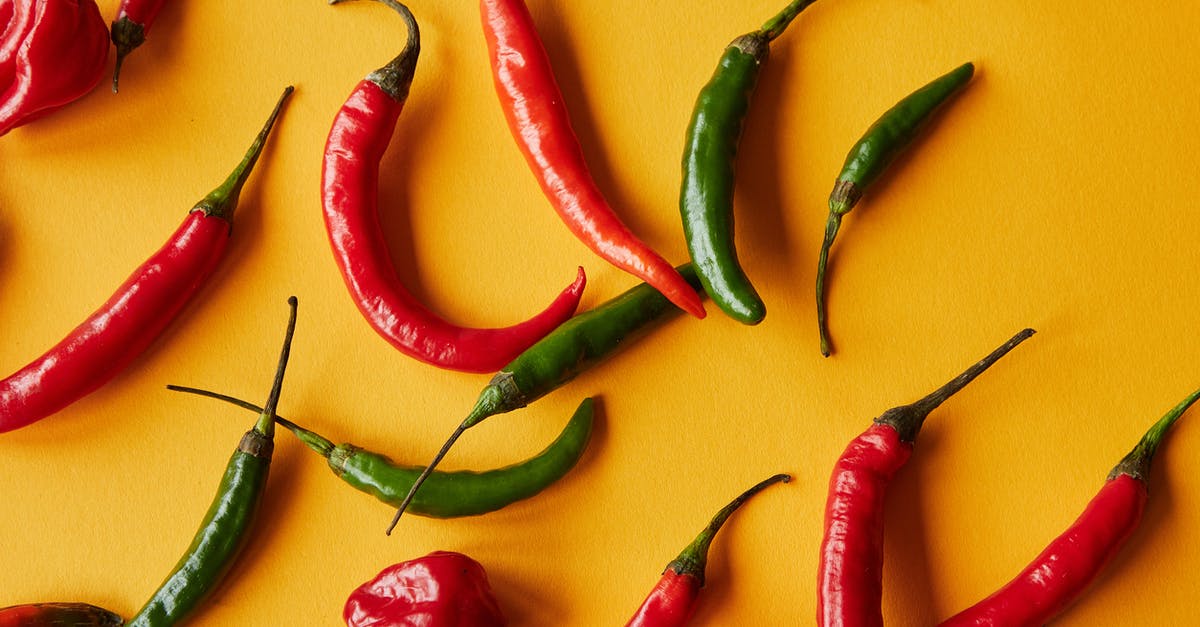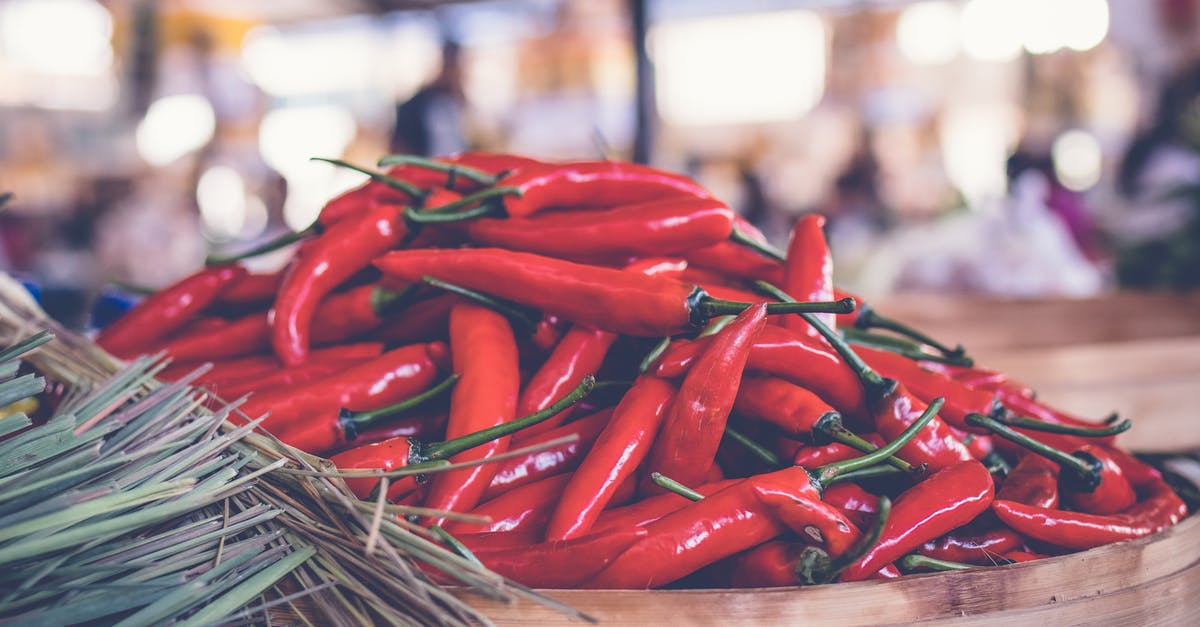Why does Mexican food taste dissonant with balsamic vinegar?

I assayed an attempt at hot sauce the other day by cooking 3 pounds of peppers (jalapeno and hungarian wax) in olive oil and balsamic vinegar for about three hours, then throwing them in a blender. The result is thick in consistency and tastes like very mild balsamic vinegar with added heat (as you might expect). It's not super hot, and the bitter "cooked-pepper" taste has all but vanished.
The original plan was to use it for tacos, but now that I've finished, the flavor just doesn't seem appropriate for use in Mexican food.
What are the flavor bases of Mexican/Tex-Mex cuisine, and why do they seem so dissonant when paired with balsamic vinegar?
As a follow-up, are there such things as known consonant flavor-pairs (bell peppers and onions?), and if so, does balsamic vinegar have any?
For reference, when I say "known", I mean widely accepted and agreed upon among the professional (or at least experienced) cooking community.
Best Answer
This is the same question, in essence as why any of these combinations are dissonant or unexpected:
- Marina sauce on soba noodles
- Cheese on Chinese stir fry
- Haggis jambalaya
Every cuisine is a part of a culture, and there are cultural expectations for what is normal or not normal.
A deeper question would be how and why such cultural expectations develop.
Note that this is a speculation, but an informed anthropological speculation:
Every cuisine is associated with a geographic region, where certain agricultural products are prominent. The people in the area, quite naturally, learned to cook with the resources they had available. So it would be odd for a mountainous culture like Tibetans to have seafood dishes, just as it would be odd for the inhabitants of modern day Shanghai to have Yakk milk dishes.
Over time, the culture adapts and finds flavor combinations and techniques that are applicable to its resources (stir frying in china, for minimal fuel use, for example). These traditions form the backbone of the cuisine, and are how we recognize what is or is not part of that cuisine.
This allows us to make an educated guess as to why balsamic vingegar seems odd in Mexican food.
Mexico has not historically been a land of the grape, so they do not have a wine making or vinegar making tradition. Therefore, a product like balsamic vinegar is not a part of their tradition.
Balsamic is also well identified with the part of Italy now called Modena, where it would have evolved because grapes were available, and there was a wine making industry already.
Putting the two together confounds cultural expectations.
Nonetheless, there are many chef's who enjoy and practice combining foods and technique across cultural and cuisine boundaries, and thus we have the modern practice of fusion cuisine.
Pictures about "Why does Mexican food taste dissonant with balsamic vinegar?"



Quick Answer about "Why does Mexican food taste dissonant with balsamic vinegar?"
Mexico has not historically been a land of the grape, so they do not have a wine making or vinegar making tradition. Therefore, a product like balsamic vinegar is not a part of their tradition.Is vinegar used in Mexican food?
White vinegar, apple cider vinegar, and sugarcane vinegar (vinagre de ca\xf1a) are popular, but Mexico also has a rich culture of fruit vinegars, which are often homemade using fruits such as pineapple and banana.What gives Mexican food its flavor?
Signature Mexican flavor can stem from oregano and cumin, and these two spices are the main herbs used to spice up dishes. A rich, earthy flavor in dishes is a result of Mexican oregano. Mediterranean varieties that are popular in Italian cuisine among other types of oregano differ from Mexican oregano.What taste does balsamic vinegar give?
Flavor: A rich, complex sweetness that explodes in the mouth with notes of fig, molasses, cherry, chocolate, or prune. Traditional balsamic should pick up the flavors of the wood it matured in, and may have a slight smokiness. Traditional balsamic offers a mellow tartness rather than a strong acidity.What are the two foundational ingredients of Mexican cuisine?
The most popular Mexican ingredients are beans, rice, avocado and limes. They're utilized in nearly every dish, from hearty enchilada casseroles to creamy drinks like horchata. Read on to learn the top ingredients in Mexican cooking and to find some recipe inspiration for your next taco or burrito night at home!WHAT IS BALSAMIC VINEGAR? / Everything you need to know about Balsamic Vinegar
More answers regarding why does Mexican food taste dissonant with balsamic vinegar?
Answer 2
I would imagine that the sweetness of balsamic vinegar might seem out of place in traditional Mexican fare, which in my experience, is seldom sweet. (Well, except for dessert, of course).
Sources: Stack Exchange - This article follows the attribution requirements of Stack Exchange and is licensed under CC BY-SA 3.0.
Images: Laker, Artem Beliaikin, Los Muertos Crew, Artem Beliaikin
